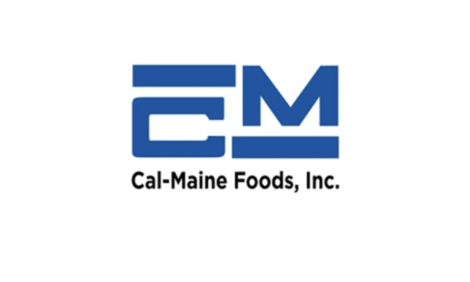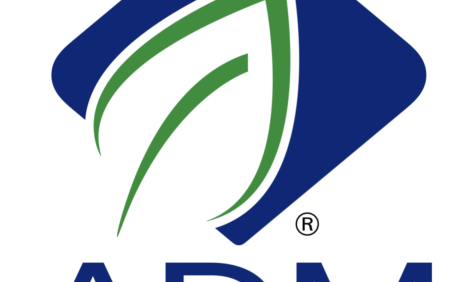



Inherent Risk in Introducing New Meat Inspection Rules
ANALYSIS - The European Food Safety Authority (EFSA) is expected to publish its recommendations for changes to meat inspection in poultry processing plants in June this year, writes Chris Harris.This will be followed by changes to the meat inspection regulations for cattle and also for domestic solipeds (horse family) and game in June 2013.
The recommendations will take a risk based approach to inspection and will follow the review from the panel on Animal Health and Welfare (AHAW), the panel on Biological Hazards (BIOHAZ) and the panel on Contaminants in the Food Chain (CONTAM).
However, there will be concerns with in the different sectors that the new inspection criteria will put added pressure and costs on the industry.
The new recommendations for poultry, beef cattle and other farmed animals will follow the opinion issued in October last year for pig meat inspection.
In the area of biological hazards, the food-borne hazards Salmonella, Yersinia enterocolitica, Toxoplasma gondii and Trichinella were identified as priority targets in the inspection of pig meat at abattoir level, because of their prevalence and impact on human health.
According to Dr Marta Hugas, the head of BIOHAZ, speaking at a seminar during the recent Anuga FoodTec exhibition in Cologne, Germany, the areas that are likely to be highlighted as high risk areas in the area of biological hazards in poultry meat inspection are going to be Salmonella and Campylobacter.
She said the aim of the reviews from the different panels has been and is to assess the strengths and weaknesses of the current systems and then recommend additional or alternative measures for meat inspection.
She said that as far as biological hazards are concerned the reviews will look at all the epidemiological indicators, as these are the main driving force behind the changes to the inspection systems that will be required. The reviews are taking into account bot ante mortem and post mortem inspections and the measures that can be applied on the farm in transport and in the slaughterhouse.
"It will be a flexible risk based system, a system that can be adapted to new and emerging hazards," said Dr Hugas.
"The framework is the same for poultry as for other species."
The reviews will recommend full carcass safety assurance combining both measures on the farm and in the abattoir and they will look at risk reduction through hygienic, technological–based measures that avoid cross contamination as well as surface decontamination.
The reviews also looked at animal welfare issues and the potential risk from contaminants. For the pig meat sector, concerns were raised over risks from dioxins and PCBs following notable cases where they had been found in feed.
While the industry in the main will welcome a science and risk–based inspection system, there will be concerns about regulators and legislators adding extra costs, particularly following the introduction of various other measures such as the ban on sow stalls and the introduction of enriched cages for laying hens.
Welfare measures in the slaughterhouse are also continually under review and at a time of rising production costs, new inspection regimes with potentially higher costs and the need for changes in infrastructure by the processor are likely to find resistance in some quarters.
There will also be concerns that imported product will find its way into Europe that has not had to undergo such stringent meat inspection.
Already, sections of the pig and egg producing industries in some EU states are lagging behind in meeting new legislation. While good quality assurance and HACCP systems should help meet new regulations, further measures for meat inspection and welfare could produce more disparity across the EU as some producers and processors resist change.









